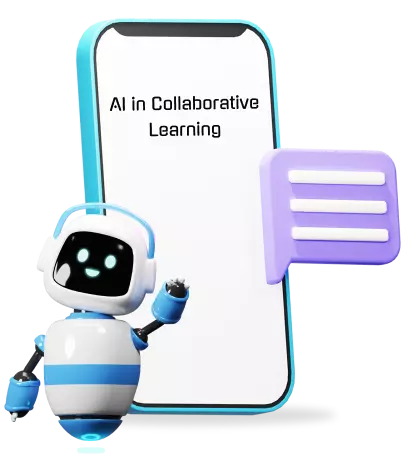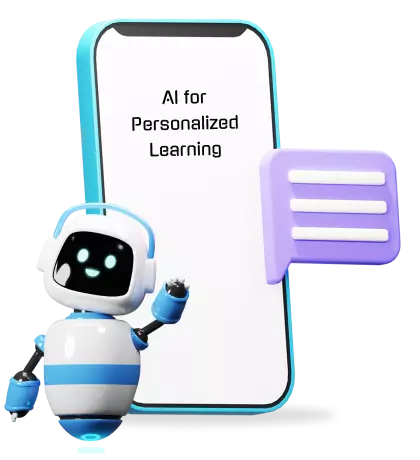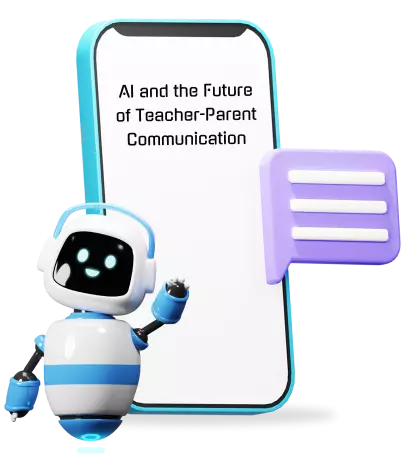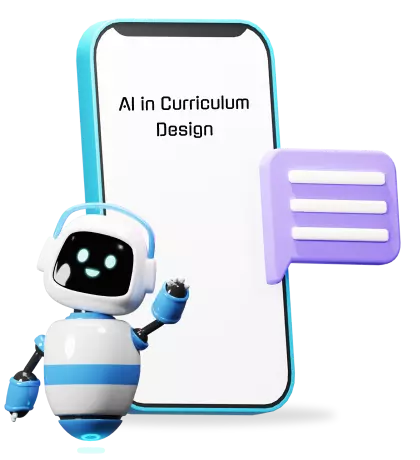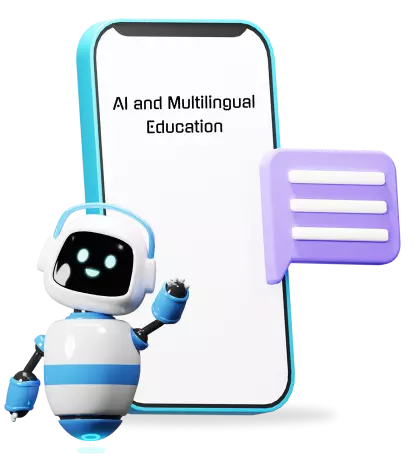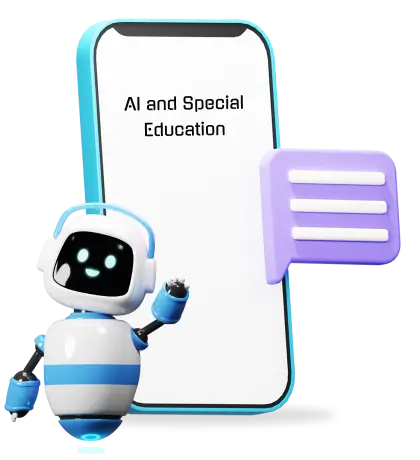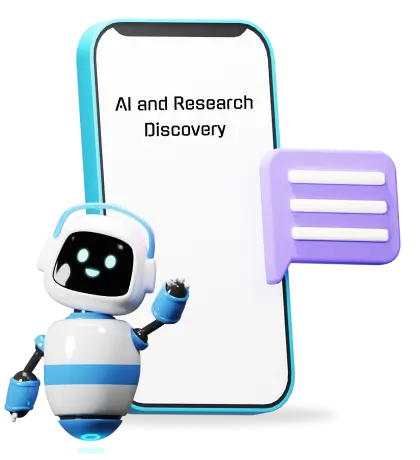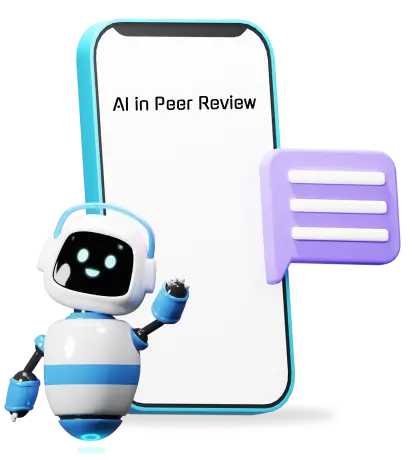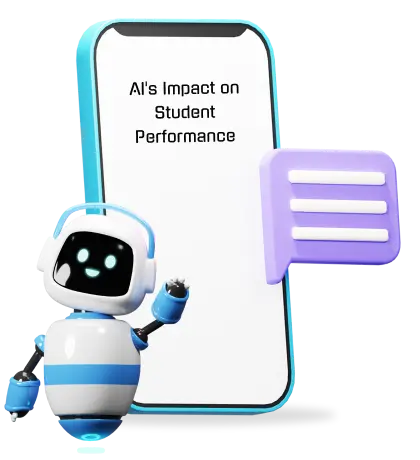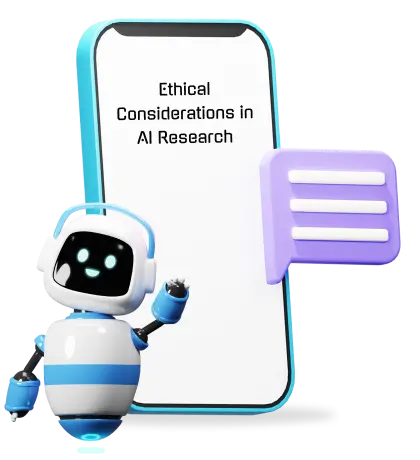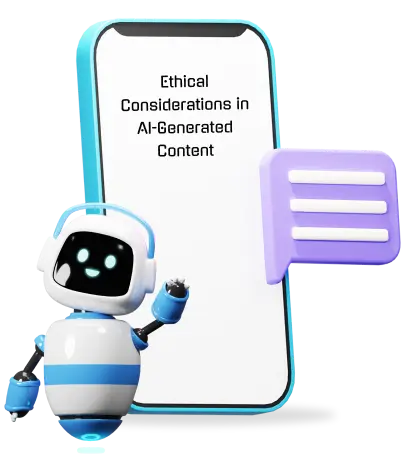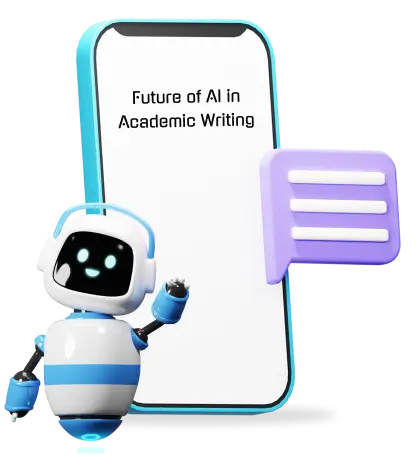Language barriers in multilingual education limit access to quality education and create disparities in academic achievement.
Many students struggle to keep up with peers due to language barriers. This results in reduced engagement, perpetuating educational inequalities and hindering their full potential.
Artificial Intelligence (AI) offers innovative tools and methodologies to address language barriers. It empowers teachers and provides personalized learning experiences for students from diverse linguistic backgrounds.
In this article, we will explore the transformative role of AI in multilingual education.
We'll discover how AI revolutionizes language learning and creates a future where language diversity is embraced for the benefit of all learners.
Let's embark on this journey to understand how AI is empowering multilingual education like never before.
AI-driven Language Translation and Interpretation
AI-driven language translation and interpretation refer to the use of Artificial Intelligence technology to translate spoken or written content between different languages in real-time.
These innovative tools have become instrumental in multilingual education, offering a range of benefits that enhance communication and learning experiences in diverse classrooms.
- Seamless Communication: AI-powered translation enables students and teachers to communicate effortlessly, breaking language barriers in the learning process.
- Inclusive Learning Environment: Students from various linguistic backgrounds can actively participate and understand educational content, fostering a more collaborative classroom atmosphere.
- Improved Teacher-Student Interaction: Teachers can deliver lectures in their native language while AI translates the content into students' preferred languages, leading to better engagement and comprehension.
- Global Reach: Institutions can expand their reach by offering courses and educational resources in multiple languages, making education accessible to a wider audience worldwide.
- Cultural Exchange: AI-driven translation facilitates cultural exchange, promoting cross-cultural understanding and appreciation among students and educators.
- Enhanced Learning Outcomes: Clear and accurate translations aid students in grasping complex concepts, leading to improved learning outcomes and academic performance.
- Time and Cost Efficiency: AI-driven translation saves time and resources that would otherwise be spent on manual translation efforts.
Personalized Language Learning with AI
Personalized language learning powered by Artificial Intelligence (AI) is transforming the way students acquire language skills.
By tailoring educational experiences to individual learners' needs, AI is revolutionizing language education and enhancing the effectiveness of language learning programs.
Key Features and Benefits:
- Adaptive Learning: AI algorithms analyze learners' strengths and weaknesses to create personalized learning pathways, ensuring that each student progresses at their own pace.
- Customized Content: AI platforms deliver content tailored to students' language proficiency, interests, and learning preferences, maximizing engagement and retention.
- Individualized Feedback: AI tutors provide real-time feedback, pointing out errors and suggesting improvements, helping learners refine their language skills.
- Targeted Language Practice: AI-generated exercises focus on specific language areas where learners need improvement, facilitating targeted practice and skill development.
- Continuous Assessment: AI continuously tracks learners' progress, identifying areas of improvement and adapting instruction accordingly for optimal learning outcomes.
Natural Language Processing (NLP) for Language Learning
Natural Language Processing (NLP) has emerged as a game-changing technology in the field of language learning, leveraging AI to analyze and understand human language.
NLP is revolutionizing language education by providing a range of innovative tools and applications that enhance language learning experiences for students.
Key Applications and Benefits:
- Language Proficiency Assessments: NLP-powered assessments accurately evaluate learners' language skills, identifying their strengths and areas needing improvement.
- Automated Feedback and Correction: NLP algorithms offer instant feedback on grammar, pronunciation, and vocabulary, enabling learners to correct errors effectively.
- Language Understanding and Context: It enables machines to comprehend context, making language learning more natural and immersive.
- Language Generation: NLP can generate language exercises, dialogues, and interactive content, enriching language learning resources.
- Personalized Learning: The algorithms analyze individual learners' interactions to deliver tailored content and adaptive learning experiences.
- Language Pattern Analysis: It helps educators identify learners' language patterns, enabling them to address common challenges effectively.
- Real-time Language Support: NLP-powered language assistants aid learners during discussions, providing instant translation and explanations.
AI-Enhanced Multilingual Content Creation
AI is revolutionizing multilingual education by empowering content creators and educators with innovative tools. These tools are helpful in generating and adapting educational materials in multiple languages.
AI-enhanced multilingual content creation is reshaping the landscape of language learning and expanding access to quality resources for learners around the globe.
Key Applications and Advantages:
- AI-Generated Multilingual Resources: AI algorithms can automatically create educational content, such as quizzes, exercises, and learning materials, in various languages, saving time and effort for educators.
- Language Localization: AI facilitates the localization of educational content, ensuring cultural relevance and linguistic accuracy to meet the needs of diverse learners.
- Increased Accessibility: AI-generated multilingual resources break down language barriers, making educational content accessible to learners from different linguistic backgrounds.
- Efficient Translation: AI-driven translation tools enable rapid and accurate translation of existing educational materials, speeding up the process of making content available in multiple languages.
- Customization for Linguistic Regions: AI allows for tailoring content to specific linguistic regions, respecting linguistic nuances and dialects for a more inclusive learning experience.
Fostering Inclusivity in Multilingual Classrooms with AI
Artificial Intelligence (AI) is playing a pivotal role in promoting inclusivity and creating supportive learning environments in multilingual classrooms.
By providing language support and facilitating cross-cultural understanding, AI is empowering educators and students to embrace linguistic diversity and bridge the gaps between different language backgrounds.
Key Contributions and Benefits:
- AI-driven Language Support: AI-powered translation and interpretation tools enable teachers to communicate with students in their native languages, fostering effective teacher-student interactions.
- Managing Diverse Language Abilities: AI assists educators in addressing varying language proficiency levels, ensuring that all students can actively engage in classroom activities.
- Inclusive Learning Resources: AI-generated multilingual content caters to the needs of diverse learners, ensuring that educational materials are accessible and relevant to all.
- Cross-Cultural Exchange: AI-driven activities and resources promote cross-cultural understanding, encouraging students to appreciate and respect different cultural perspectives.
- Building Empathy: AI-powered language learning experiences create opportunities for students to understand each other's backgrounds, promoting empathy and a sense of belonging.
- Cultivating Inclusive Spaces: AI helps educators create classrooms where all students feel valued and welcomed, fostering an environment that celebrates linguistic and cultural diversity.
- Supporting Inclusive Pedagogies: AI's language support and personalized learning pathways enable educators to implement inclusive teaching approaches that cater to individual student needs.
Overcoming Challenges and Ensuring Ethical AI Use
While AI holds immense potential to transform multilingual education, it also poses certain challenges that need to be addressed.
Overcoming these challenges and ensuring the ethical use of AI in educational settings are crucial for fostering a responsible and equitable learning environment.
Challenges:
- Accuracy and Bias: AI-driven language tools may exhibit inaccuracies and biases, leading to erroneous translations and reinforcing cultural stereotypes.
- Data Privacy and Security: AI systems rely on vast amounts of data, raising concerns about data privacy and the security of sensitive student information.
- Technological Accessibility: Not all educational institutions and regions have equal access to advanced AI technologies, potentially exacerbating existing educational inequalities.
- Teacher Training and Preparedness: Educators may face challenges in effectively integrating AI into their teaching methodologies and may require adequate training and support.
Ensuring Ethical AI Use:
- Transparency and Explainability: Developers must prioritize transparency and ensure that AI algorithms are explainable to understand how decisions are made.
- Bias Mitigation: Implementing mechanisms to detect and address biases in AI systems is essential to prevent discriminatory outcomes.
- Informed Consent: Students and educators should provide informed consent for the use of AI in the learning process, respecting their autonomy and privacy.
- Data Protection: Ensuring robust data protection measures safeguard student data, preventing unauthorized access or misuse.
- Ethics Education: Integrating ethics education into the curriculum can help students understand the ethical implications of AI and its responsible use.
In conclusion, AI has proven to be a powerful force in breaking down language barriers and promoting inclusivity in multilingual education.
From real-time translation to personalized learning, AI's impact has been transformative. To fully embrace its potential, addressing challenges such as bias and data privacy is essential.
By upholding ethical AI use, we ensure a fair and equitable learning environment for all students.
Let us join hands in this journey of transformation, harnessing AI's power to create a future where linguistic diversity is celebrated and education becomes accessible to every learner.
Explore the possibilities with PerfectEssayWriter.ai’s essay writer with citations and shape the future of inclusive education.
Cathy is a highly dedicated author who has been writing for the platform for over five
years. With a Master's degree in Mass Communication, she is well-versed in various forms
of writing such as articles, press releases, blog posts, and whitepapers. As an essay
writing guide author at PerfectEssayWriter.ai, she has been helping students and
professionals improve their writing skills by offering practical tips on research,
citation, sentence structure, and style.
For more than five years now, Cathy has been one of our most hardworking authors on the
platform. With a Masters degree in mass communication, she knows the ins and outs of
professional writing. Clients often leave her glowing reviews for being an amazing writer
who takes her work very seriously.

